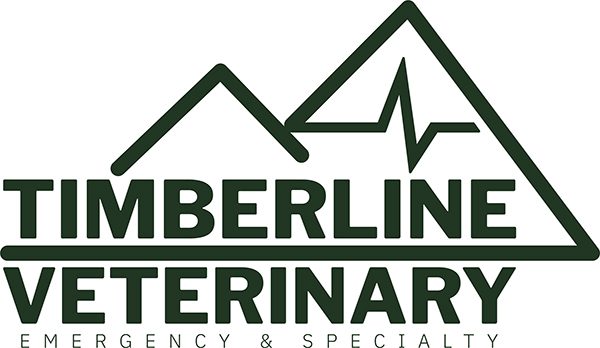Is This A Pet Emergency?

If you’re worried about your pet, trust your instincts—some signs and situations require immediate veterinary attention. If your pet is experiencing any of the following, seek emergency care right away:
- Hit by a car or suffered another major traumatic injury
- Difficulty breathing (gasping, wheezing, or excessive panting)
- Uncontrolled bleeding or open wounds
- Seizures, convulsions, or loss of consciousness
- Persistent vomiting, retching, or diarrhea
- Inability to urinate (especially straining without producing urine)
- Ingestion of a toxic substance (medications, household chemicals, poisonous plants, etc.)
If you’re worried about your pet, trust your instincts—some signs and situations require immediate veterinary attention. If your pet is experiencing any of the following, seek emergency care right away:
- Hit by a car or suffered another major traumatic injury
- Difficulty breathing (gasping, wheezing, or excessive panting)
- Uncontrolled bleeding or open wounds
- Seizures, convulsions, or loss of consciousness
- Persistent vomiting, retching, or diarrhea
- Inability to urinate (especially straining without producing urine)
- Ingestion of a toxic substance (medications, household chemicals, poisonous plants, etc.)
If you suspect your pet is having an emergency, contact us immediately at (206) 828-6868.
Before You Arrive: Important Steps
- Call us first at (206) 828-6868 so our team can provide guidance on stabilizing your pet, expected wait times, and safe transport.
- Do NOT give your pet any medication without speaking to a veterinarian first—many human medications, including a single Tylenol tablet, can be deadly to pets.
- Bring any medical records and medications your pet is currently taking, along with prescription bottles and labels.
- If your pet has ingested a toxin, bring the substance, packaging, or container to help us identify it.
- If your pet has open wounds, gently apply a clean cloth to help control bleeding and bring them in immediately.

How to Transport Your Pet Safely
- Cats, rabbits, guinea pigs, birds, and reptiles should be brought in a secure carrier or box to prevent stress and injury.
- Dogs who can walk should be on a leash.
- Dogs unable to walk can be transported using a thick blanket or a sturdy, flat surface (like a large piece of cardboard) as a stretcher.
- Injured pets may react unpredictably—handle them carefully to avoid bites or scratches.

